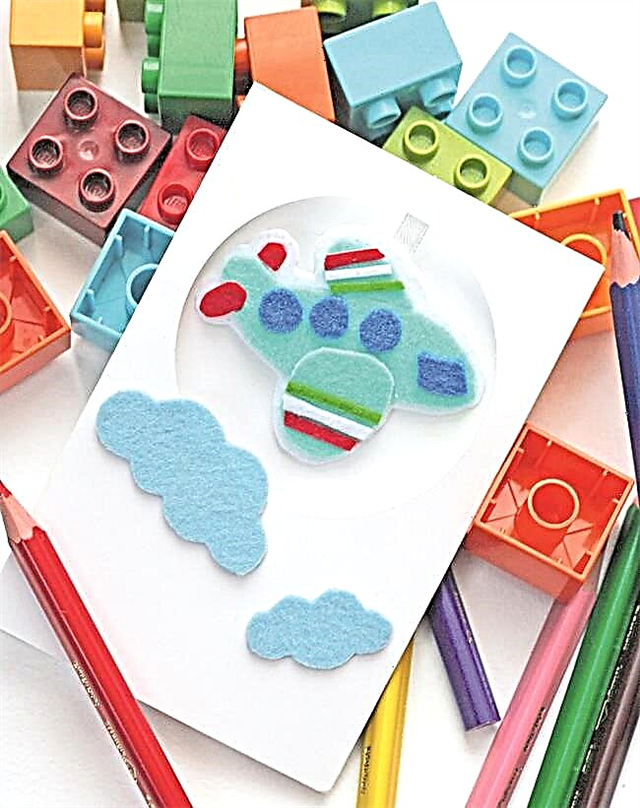For decorative processing of the bottom of the product and sleeves, cut-in trimmings, lace and satin ribbons, finished ribbons or do-it-yourself cut-outs from fabrics of contrasting color are used.

Why is it "wrong"? The fact is that if you use an inlay made on your own for decorative processing, then it must be cut along the oblique. And in this master class, a strip of fabric for the design of hem is cut in a straight line.
This method is possible only if the processed section is straight. Otherwise, skew and / or tightness in individual sections of the hem is guaranteed.
For processing direct cuts, strips cut from thin fabrics with elastane are ideal.
False hem on the bottom of the product
In this master class, the bottom of dresses and sleeves made of woolen velor are treated with an inlay of fine silk with elastane.
Step 1


And cut a suitable fabric in a straight strip or several strips of the required length with allowances of 1 cm.

The total length of the strand is equal to the length of the cut, plus allowances of 1 cm on each side.
The width of the inlay is equal to the width of the desired hem multiplied by two, plus allowances of 1 cm on each side.
Step 2

Stitch the strip (s) into the ring.
Step 3

Iron the seam allowances (s) of the resulting inlay.
Step 4

Fold the tape in half with the wrong side inward and iron.
Step 5

Use tailor's pins to pin the trim on the bottom of the product, on the front side, precisely aligning the slices.
Step 6

Stitch inlay to the cut to a width of 0.7 cm.
Step 7

Turn the strap up and iron it.
Step 8

Then unscrew the tape on the wrong side with a small transitional edging, take it and gently iron it.
How to make a seam with a transitional edging
Tip:


you can sew an overlay on the allowance or sew it to the allowance with a bead stitch.
Step 9

Sew the trimming to the product by hand with a hidden stitch.
Basic Hand Stitches


The decorative “wrong” hem is ready!
The author of the master class and photo: Julia Dekanova



